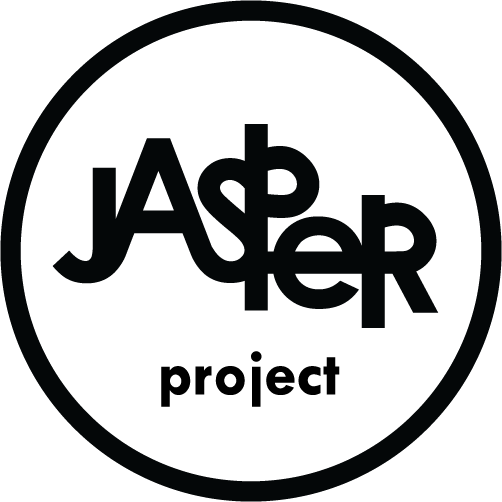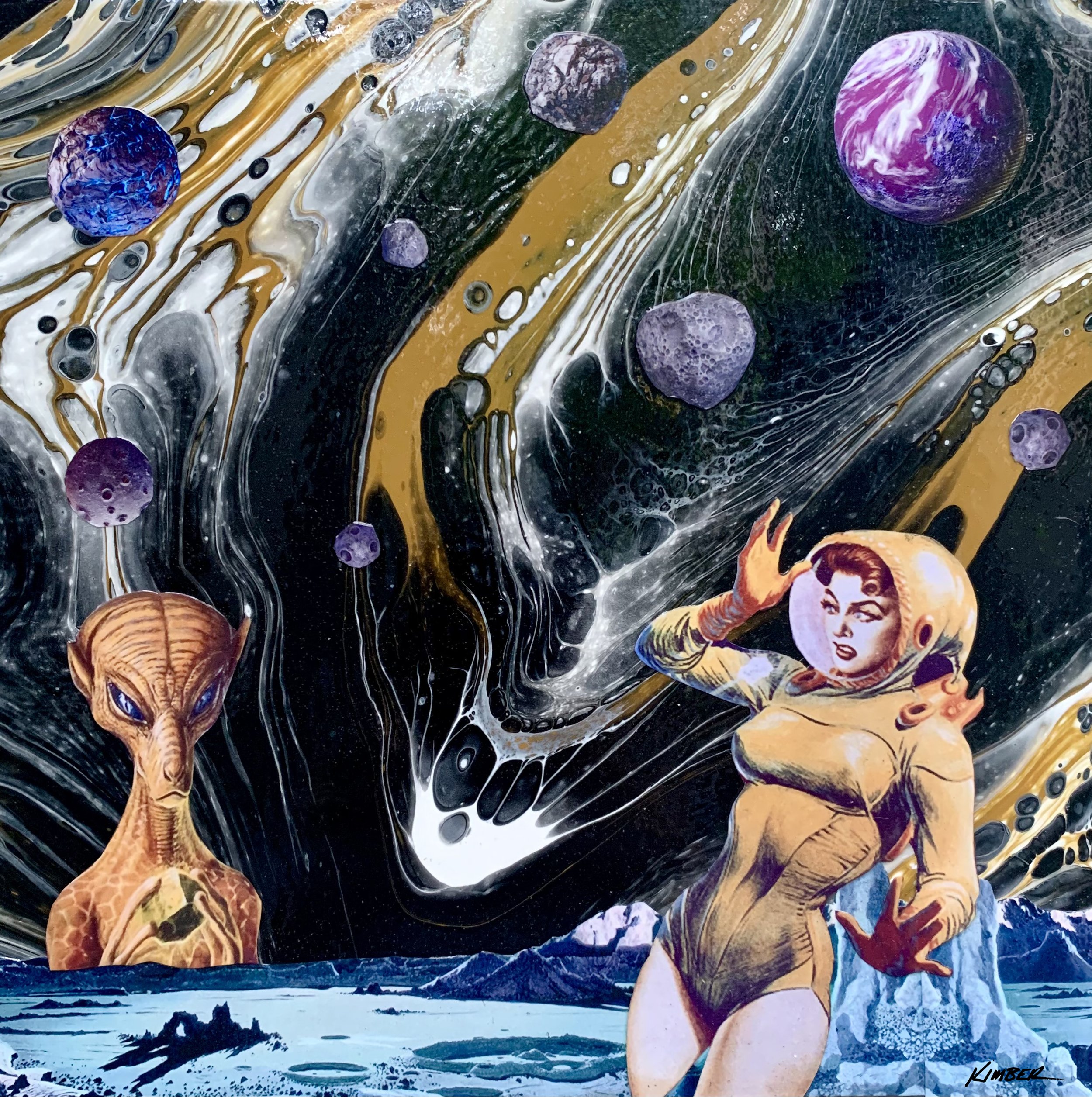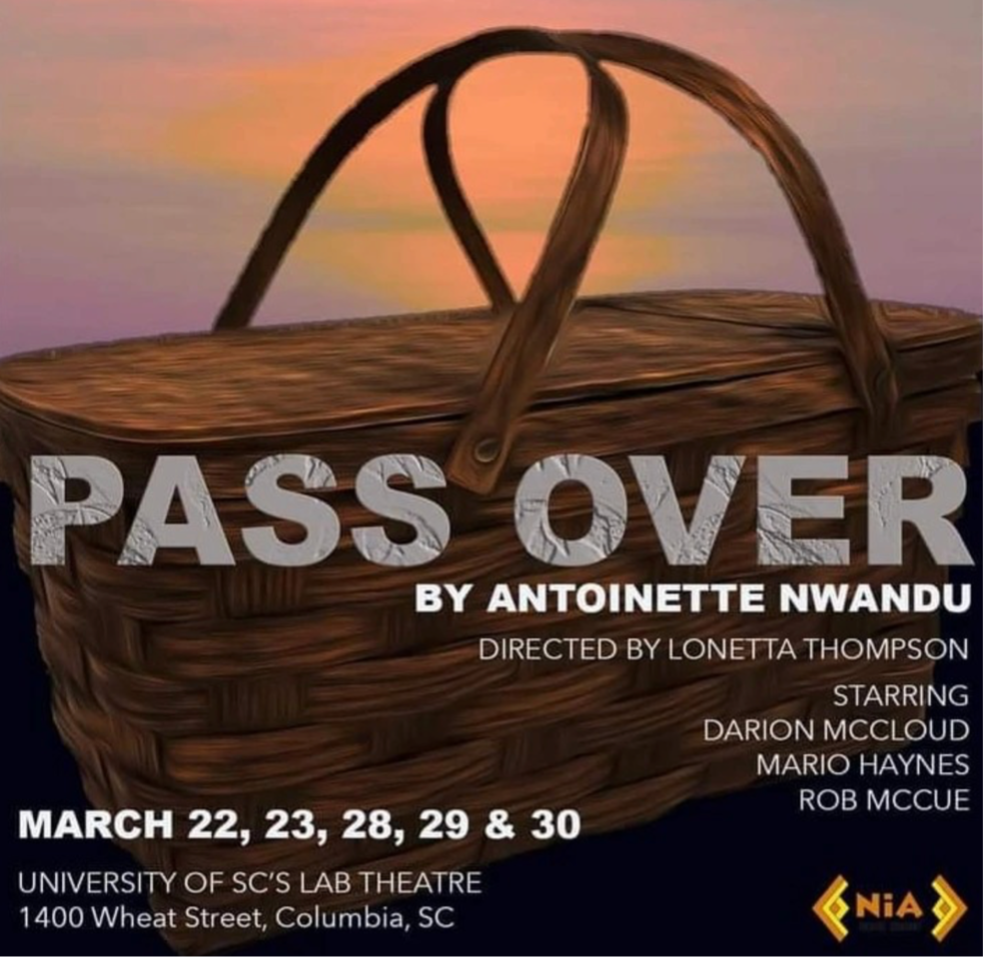This week's Poet of the People is Kathleen Nalley. I first met Kathleen at an event hosted by Kwami Dawes. Since then she has journeyed down to the Midlands several times to read at events I have hosted and I have had the privilege to read a time or two with her in the Upstate. She is a force of nature - a strong wind of sanity blowing from the foothills of South Carolina.
-Al Black
Kathleen Nalley is the author of the prose poetry collection, Gutterflower (winner of the Bryant-Lisembee Editor’s Prize), as well as the poetry chapbooks Nesting Doll (winner of the S.C. Poetry Initiative Prize) and American Sycamore. Her poetry and book reviews have appeared in New Flash Fiction Review, Slipstream, Limp Wrist, Rivet, Southern Humanities Review, The Bitter Southerner, StorySouth, and elsewhere, and her poetry has been anthologized in several collections. She received Jasper’s Saluda River Prize for Poetry in Fall Lines in 2016 and was heralded by the Richland Library as one of “10 SC Poets to Watch.” She’s participated in several community poetry projects in Columbia and Greenville, S.C.--most recently, in coordination with Greenville Poet Laureate Glenis Redmond for the Greenville Transit Poetry Project and for the Metropolitan Arts Council of Greenville’s Visual and Verse exhibit. Over the years, she has served as poetry editor of south85 literary journal, as an adjudicator for the Fine Arts Center of Greenville, as a judge for the SC State Library’s annual student poetry contest, and as a board member of the Emrys Foundation. She currently teaches literature and writing at Clemson University.
The Last Man on the Moon
Everyone knows Neil Armstrong: Staypuft moon walker, American posterboy, question to Jeopardy answer. The way Aldrin was all the buzz. Everyone loves firsts: first date, first love, first sex, first lunar walk. No one talks of lasts: marathon walker, buffalo corpse, minimum-wage worker, the sister not quick enough to the table, Eugene Cernan, who drove a lunar rover a mile, then knelt and traced his daughter’s initials—TDC— into dust. Cernan: the last man on the moon, the end of a legacy. The Omega. The Z. The period at the end of a sentence. The one whose name we don’t remember. The one who etched his daughter into the cosmos.
Black Dress
Although your mother cooked
pasta, lasagna, tiramisu,
you weren’t allowed to eat
more than three bites,
always a size two, to stay a size two,
always a halved grapefruit
on the counter, a bowl of peaches
rinsed of their syrup, fists
measuring perfect portions.
Boyfriends knew to deny you
milkshakes at the Starlite Drive-In,
where high school lovers swarmed
the parking lot, having only a few
hours before fathers would go looking.
You subsisted on Saltines
for weeks before senior prom;
the black dress your mother made
intentionally a size too small,
her tape measure lassoed
around your 21-inch waist.
Now, in the mirror, all you see
is what you never were,
fat and bulge and droop, the last
bobby-socked girl to be asked
to dance. Now, laugh lines
corner your mouth.
You don’t remember being
beautiful, the powder blue
eyeshadow, the brown scalloped
lace, your hi-rise and hospital job
in Charlotte, flirting with young plastic
surgeons who cut skin open,
lifted spleens to tables, painted
skin with scalpels.
Mid-life, you’ve got wonderfully
open carotids, jeans that fit,
secret cravings and scales
like gargoyles in every room
watching over the numbers,
those damn numbers that creep
into your sleep, wake you
in a panic, as if you’re walking
late to class naked, as if there’s
an algebra test you forgot to take.
Behind the louvers of your closet,
the perfect little black dress
in case someone dies.
Judicial Hearing Ghazal
The girls school girls—were they were dressed to impress
the boys school boys at the weekend parties on your calendar?
Another beer down the hatch, another punch bowl to spike, another girl to access,
another notch on your belt, another to-do checked off of your calendar.
The boys lined up in trousers and ties, dressed for success—
a train of future executives and judges with no time on their calendars.
Punch-drunk, literally, those girls that you pressed
against you—funny, their names don’t appear on your calendar.
One says you forcibly groped, shifted her dress:
unmentionables unmentioned on your calendar.
Another says luckily she had emergency egress
before more harm could be done. She kept an emotional calendar.
The women who’ve come forward, their memories repressed
years, decades—did they keep calendars? (And how were they dressed?)
The parties, the drinks, the boys, their aggressions—details from all three coalesce,
details corroborated, at least, in part, by your calendar.
They’ve experienced PTSD for decades, traumatic duress
while you climbed the ladder, made appointments on your calendar.
A limited investigation, limited witnesses addressed
within a limited scope—the vote already fixed on the calendar.
Women know how it goes. #metoo. #whyIneverreported. We persist, nevertheless.
Take it on oath: November 5 circled in red,
circled in red, circled in red
on our calendars.
Life Sentence
In 2014, Oskar Gröning, 93-‐year-‐old former Nazi accountant, was charged with 300,000 counts of accessory to murder
For 60 years, you’ve sought absolution
in birds,
their wingtip and beak,
their freedom of flight.
You dumped 661 pounds
of seed in your yard,
shallow bowls overflowing,
just so you could pass the years
witnessing their formation: always a V,
nary a soldier not following suit.
Sixty years you’ve waited, contemplated
your garden, your lawn pocked
by all those small empty saucers.
What Man’s Hands Wrought
Long before there was fracking there was you unearthing the very earth digging trenches in soil spilling your chemical goo turning mud to muck leaving nutrients to dry fuck you nature heals herself in time even the most eroded can make anew grow pickups from seed littered the wind always knows what to do carry things away carry things where they will bloom wildflowers color the landscape permeate the air oh her honeysuckle hue she’s wild always wild always remade no matter the matter or intrusion or drilling or fracture believe her she will

























